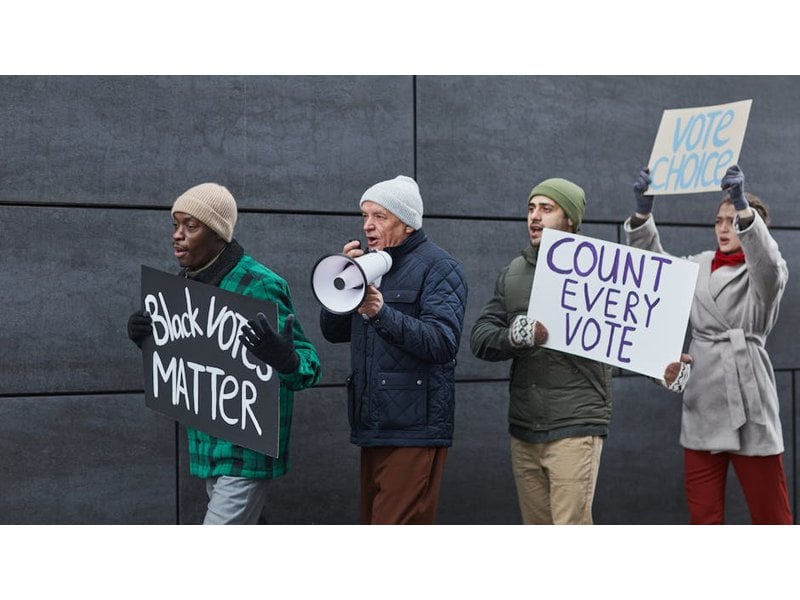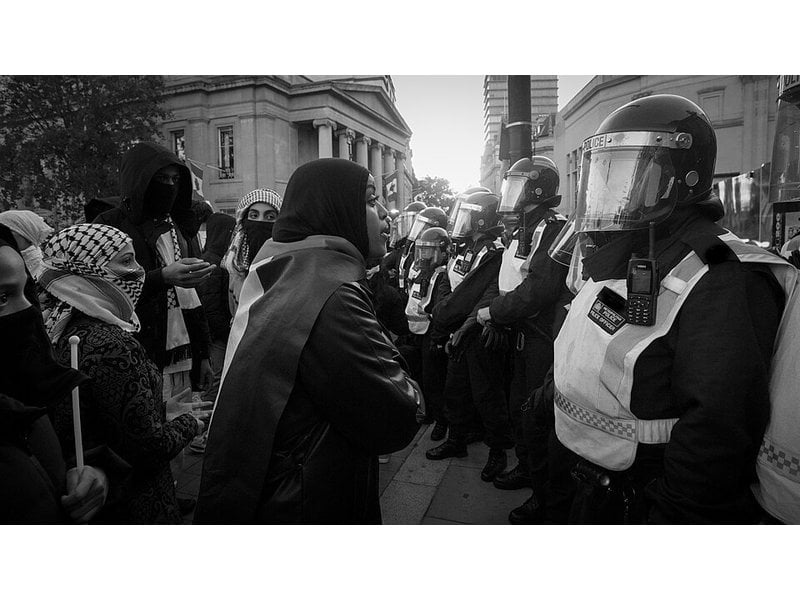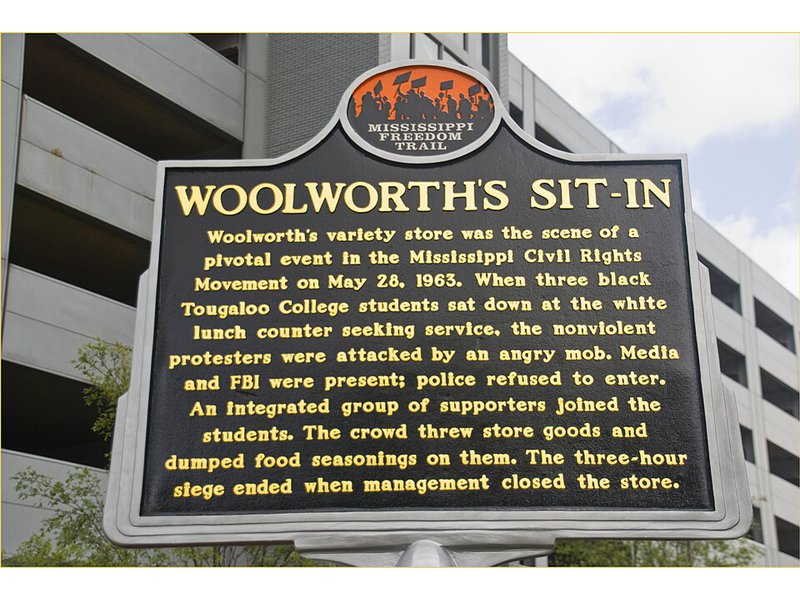064 withdrawal from social institutions

"During conflicts members of various types of social organizations and institutions may, as a means of expressing their views, either resign membership or withhold participation in the body without actually canceling membership. The examples here refer to religious groups, but this method may be applied to other institutions."...
Potentially problematic matches
High scoring campaigns using this method
Historical cases from the Nonviolent Action Database that used this method
Jewish peasants block construction of statue of Gaius Caligula in Galilee, 40 CE
Towards the end of the reign of Gaius Caligula, a proclamation was sent out for a statue of the Roman Emperor to be built within the Temple walls in Jerusalem. This command broke the Jewish law of idolatry and was therefore rejected and strongly oppo...
University of Miami janitors campaign for economic justice, 2005-2006
In 2006, non-unionized janitors at the University of Miami earned as little as $6.40 an hour and received no health insurance. Demanding higher wages and better working conditions, these janitors of mostly Haitian and Cuban descent began a campaign a...
English Quakers campaign for freedom of religion, 1647-1689
The Religious Society of Friends (Quakers) emerged in England in the late 1640's among those who challenged the standard doctrine of the Church of England. Quakerism began as a sect whose members believed that there was a piece of God within every pe...
Israeli youth refuse compulsory military service, 2008-2009
Since its creation in 1948, the State of Israel has had to combat many hostile forces that have sought to bring about its destruction. Six wars, two intifadas\n\n,\n\nrocket attacks, and suicide bombings reflect the deep-seated tension between many I...
Quakers fight for religious freedom in Puritan Massachusetts, 1656-1661
The Massachusetts Bay Colony of the New World was a Puritan theocratic state in the early 1650s. Puritan leaders did not have much tolerance for people of other religions, and as a result, the Puritan government often persecuted and banished religiou...
Guatemalan activists defend human rights, 1960-1995
The Guatemalan people have endured numerous hardships throughout the years, but none more tragic than those perpetrated by the Guatemalan government and military during the country’s thirty-six year civil war. The Guatemalan civil war began in 1960, ...
South African students demand zero percent fee increase #Feesmustfall 2016
On 14 October 2015, student protests began at the University of Witwatersrand in response to an announcement by the university board that there would be a 10.5% increase in tuition fees. On 15 October, students barricaded the gates of the university....
Nepalese Maoists strike for integration of Maoist Soldiers into Nepal's security forces, 2009
The ten year civil war in Nepal that claimed over 13,000 lives ended in 2006 when Maoist insurgents gave up their armed revolt in order to integrate themselves socially and politically. At the end of the war, more than 19,000 former Maoist combatants...
Mau opposition to New Zealand rule in Samoa, 1927-1933
The Samoan archipelago, located in the southwest of the Pacific Ocean, is comprised of six main islands and several smaller ones. Prior to World War I, Germany and the United States occupied most of the Samoan Islands. During WWI, New Zealand, upon a...
U.S. WWI Veterans occupy Capitol Hill for adjusted payment (Bonus Army), 1932
After fighting in World War One, American soldiers returned home to find that they had missed out on the chance to earn a significant amount of money while away. The average soldier was paid much less than the average factory worker during the First ...
Low scoring campaigns using this method
Historical cases from the Nonviolent Action Database that used this method
Prisoners occupy Attica Correctional Facility for just treatment, 1971
Editor's Note: We recognize that the inclusion of this case in a database of nonviolent action may be controversial because of the campaigner violence at certain points during the campaign. However, we have concluded that the campaigner violence was ...





